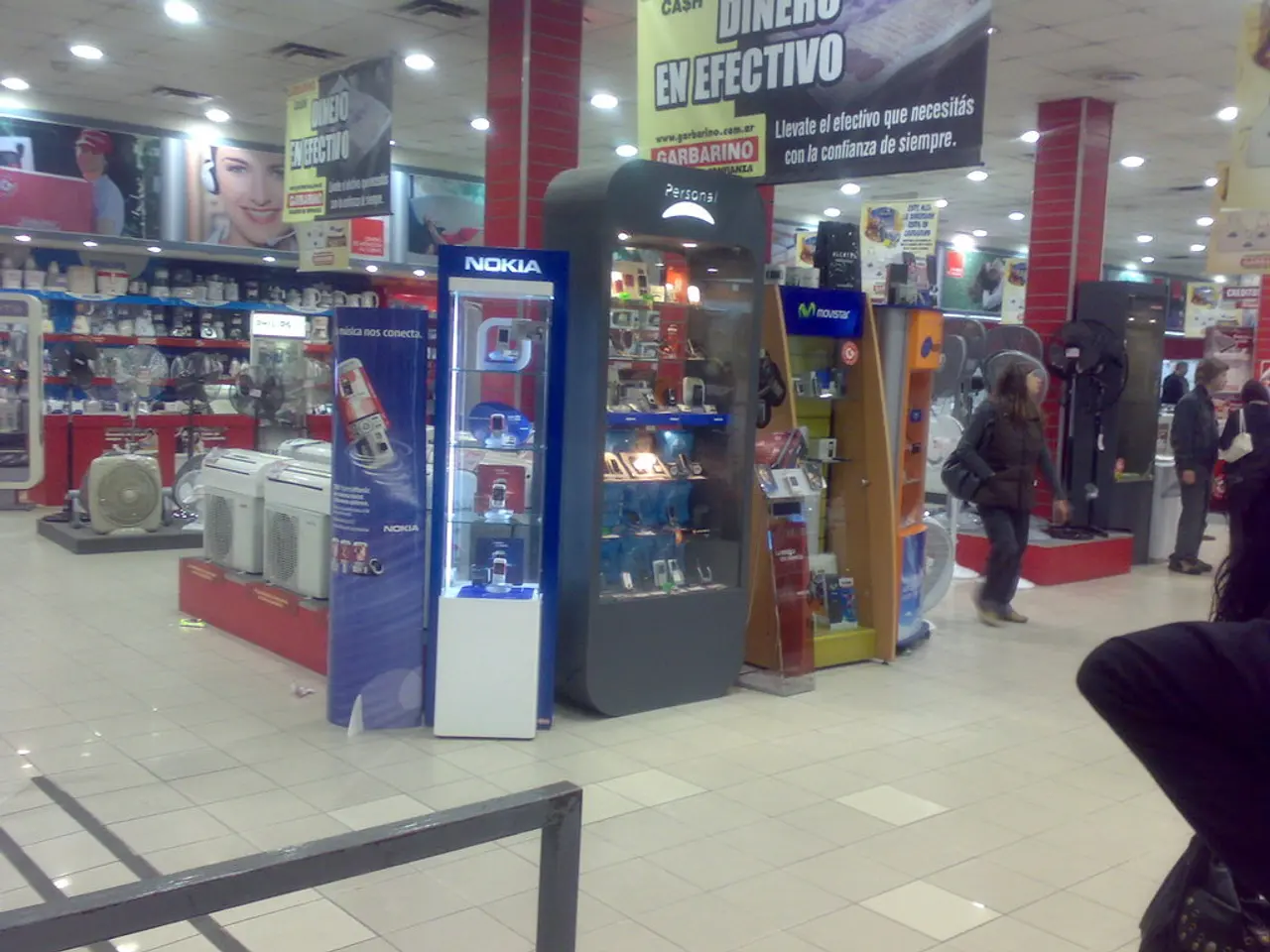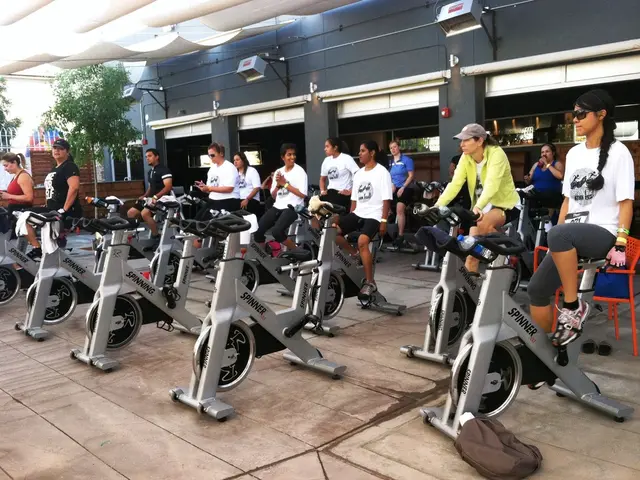HTW Dresden's AAL-Living Lab Unveils Smart Apartment for Elderly Independence
HTW Dresden's AAL-Living Lab has unveiled a model apartment equipped with barrier-free furnishings, sensors, and intelligent lighting, aiming to help elderly individuals stay in their own homes longer. The project, funded by various organizations, serves as a research laboratory and test environment for evaluating the impact of technologies on daily life.
The AAL-Labor model apartment features a special care bed, dubbed the 'get-up bed', which allows users to exit without assistance. It records occupancy, weight, and sleep duration. Sensors throughout the apartment track movement, detect falls, and monitor daily rhythms and habits. The intelligent lighting concept adapts to residents' needs.
Future plans include tailoring the Living Lab to individual resident needs based on collected data and integrating a local voice assistant system. The 'Smart Co-Care Apartment' at HTW Dresden explores how technology can support independent living for the elderly and those with impairments. The working group is also building another 'smart apartment' in Hoyerswerda to investigate the limits of digital and technical support.
The AAL-Living Lab project, funded by the Saxon Ministry of Science, Wir! ZukunftAlter initiative, and the Federal Ministry of Education and Research, is transforming the way elderly individuals can live independently in their own homes. By integrating technologies from various providers into a common network, the project aims to enhance the quality of life for residents with minimal contact with the technology itself.
Read also:
- Overweight women undergoing IVF have a 47% higher chance of conceiving naturally post-weight loss
- Bonsai Trees from Evergreen Species: Exploring Growth Characteristics & Distinct Qualities
- What temperatures may make walking your canine companion uncomfortable?
- Title: Information About Beovu: Potency, Form, Usage, and Additional Details






